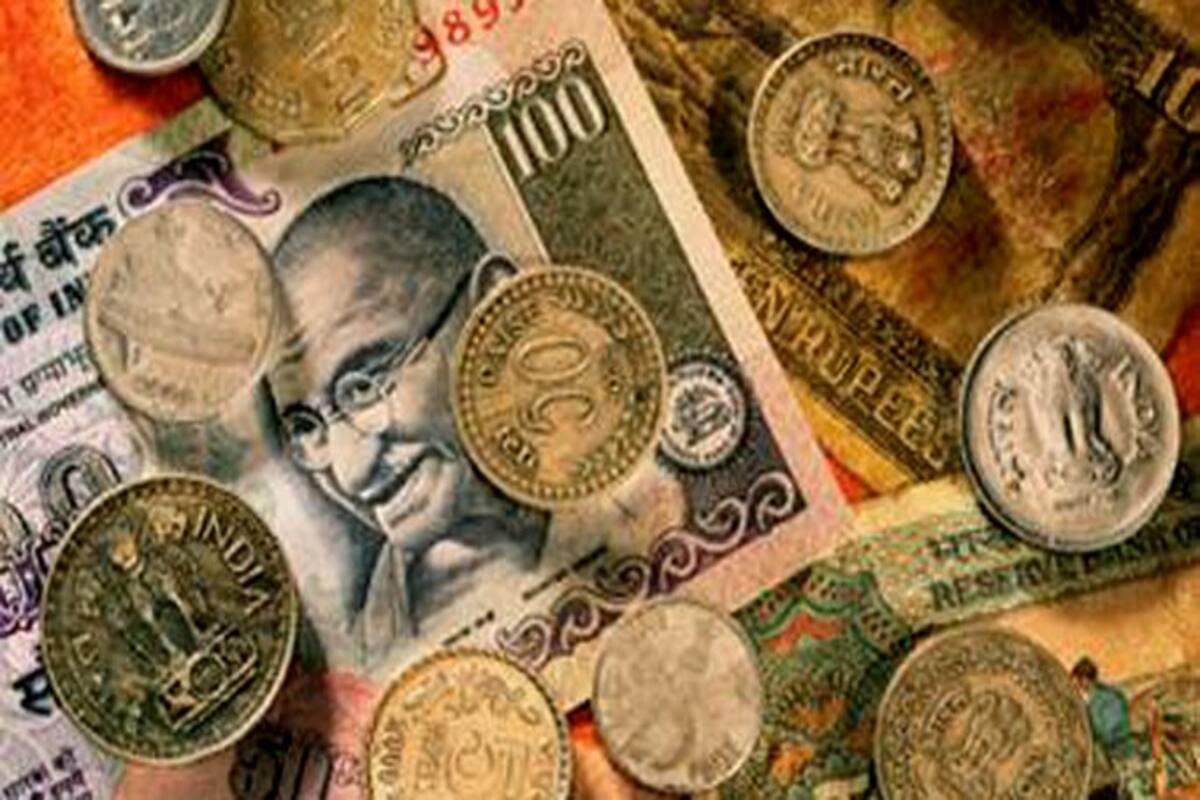In the tapestry of global finance, India’s foreign exchange reserves (forex reserves) stand out as a vibrant thread, showcasing the nation’s economic growth, stability, and global standing. India’s forex reserves are an important indicator of the country’s financial health, and they play a crucial role in supporting economic resilience, managing macroeconomic risks, and driving economic prosperity.

Image: xfxtrading.blogspot.com
Over the years, India’s forex reserves have grown exponentially, reflecting the nation’s increasing economic prowess and growing integration into the global economy. Today, India boasts one of the largest forex reserves among emerging market economies, and these reserves serve as a foundation for sustainable economic development and financial stability.
Understanding India’s Forex Reserves
Forex reserves are assets held by the Reserve Bank of India (RBI) in the form of foreign currency deposits, gold, and Special Drawing Rights (SDRs), an international reserve asset created by the International Monetary Fund (IMF). These assets are held as a cushion against potential economic shocks and to manage international trade and payments.
India’s forex reserves are primarily influenced by the balance of payments, which records the inflow and outflow of foreign currency. A positive balance of payments, driven by strong export performance, foreign direct investment, and remittances, leads to an increase in forex reserves. Conversely, a negative balance of payments, caused by factors such as high imports or capital outflows, can result in a decline in reserves.
Importance of Forex Reserves for India
Robust forex reserves are essential for India for several reasons:
1. Maintaining Economic Stability: Forex reserves act as a buffer against external economic shocks and unforeseen circumstances. During periods of economic uncertainty or financial crises, India can draw down on its reserves to stabilize the exchange rate, manage inflation, and ensure the availability of foreign currency for essential imports.
2. Facilitating International Trade: Forex reserves are indispensable for facilitating cross-border trade and payments. They enable India to meet its international obligations, such as import payments for goods and services, without facing any foreign exchange shortages.
3. Supporting Economic Growth: Ample forex reserves boost investor confidence and create a favorable climate for foreign investment. International investors are attracted to countries with strong currency reserves, as they perceive it as a sign of economic resilience and financial stability.
Managing India’s Forex Reserves
The Reserve Bank of India (RBI) is responsible for managing India’s forex reserves. The RBI follows a prudent investment strategy to maximize returns while ensuring safety and liquidity. The central bank invests forex reserves in a diversified portfolio that includes sovereign bonds, treasury bills, and other international assets. The RBI also intervenes in the foreign exchange market to influence the exchange rate and curb excessive volatility.

Image: www.business-standard.com
Recent Trends in India’s Forex Reserves
In recent years, India’s forex reserves have witnessed a remarkable growth. As of June 2023, India’s forex reserves stood at over $600 billion, the ninth-largest in the world. This steady growth reflects India’s improving economic fundamentals, strong foreign exchange inflows, and effective reserve management by the RBI.
India Forex Reserves Business Standard
Conclusion
India’s forex reserves stand as a testament to the nation’s economic evolution and growing global stature. These reserves provide a strong foundation for economic stability, support international trade, and foster economic growth. As India continues to traverse the path of economic development, the sound management of forex reserves will remain crucial for fostering a resilient and prosperous economy for generations to come.






